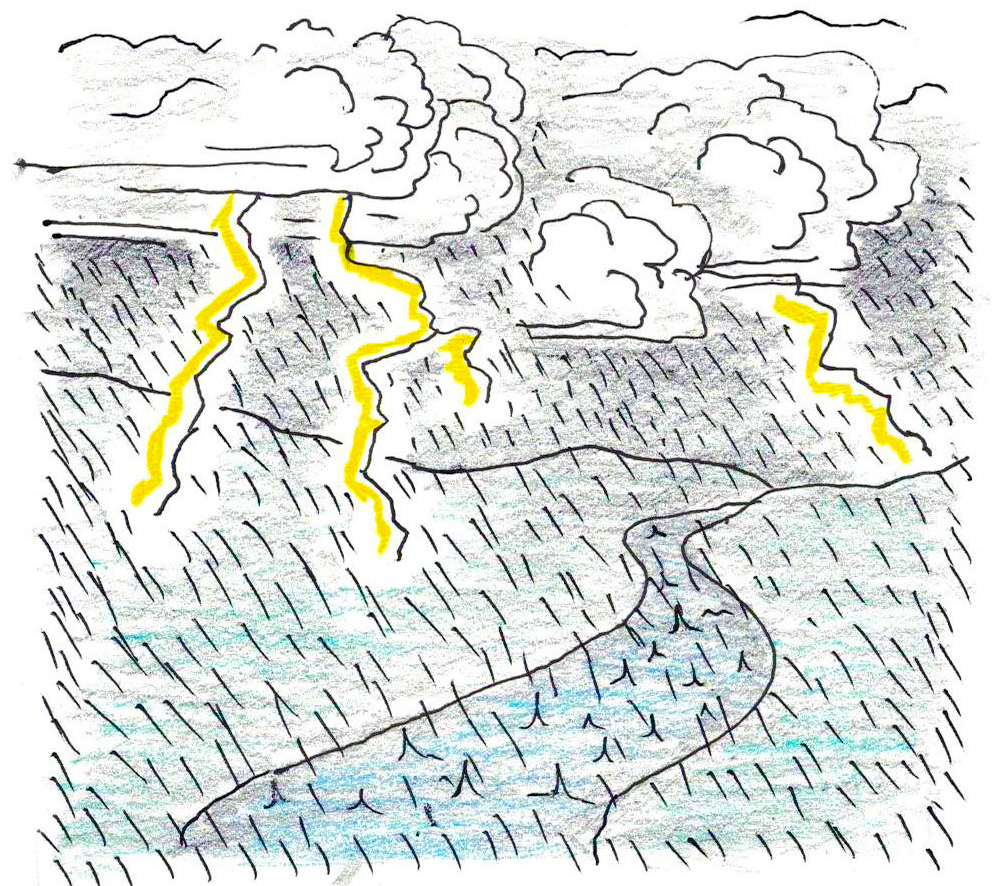
A new Yale study has shown that flooding caused by storms impacts the natural processing of organic matter within a watershed — the area of land that includes a particular river or lake and all the rivers, streams and other bodies of water that flow into it.
Researchers developed a concept called a “pulse-shunt,” which helped provide a framework for understanding how organic matter moves through watersheds. Flooding can “pulse” organic matter into watersheds, and “shunt,” or abruptly force, the matter further and more quickly downstream than normal, so that the organic matter does not have time to go through its regular processes, including the average life cycles of foundational microorganisms in the watershed’s ecosystem. This concept can help elucidate how flooding impacts watersheds, according to the study.
“Our focus was to look at how major ecologic effects, such as floods, affect the downstream processing of organic matter. What we found is that this transport, or pulsing of organic matter down the drainage network, occurs in disproportionately large amounts during flood events,” School of Forestry & Environmental Studies professor and study co-author James Saiers said.
Organic matter, including leaves, algae and other natural debris, goes through biogeochemical changes as it moves through the watershed. This organic matter can affect water quality and visibility, Saiers added. According to the paper, variation in water quality can impact what kinds of microorganisms — an important food source for other stream life — are able to grow.
If there were two years of the same total rainfall, but one year had much of the rainfall delivered in one or two large storms while the other had small amounts of rain spread out over many months, the effects on organic matter would be different, Saiers explained. In a February press release, lead author and F&ES professor Peter Raymond said that the total quantity of organic matter coming off the landscape is greatest when there have been a few large weather events as opposed to several smaller ones.
The findings are particularly important given rising temperatures worldwide, Saiers said. He noted that the intensity of storms is expected to increase in response to climate change, and that these weather events could exacerbate the pulse-shunt concept proposed in their paper. The results — disrupted watersheds and ecosystems — could significantly impact the environment, he added.
Researchers have planned further studies based on this research, Saiers said. These studies will test the hypothesis put forward in this paper by looking at organic matter within the large Connecticut watershed and seeing how it changes in relation to weather events, he added.
According to the National Centers for Environmental Information, a part of the National Oceanic and Atmospheric Administration, 2015 was the warmest year on record.







